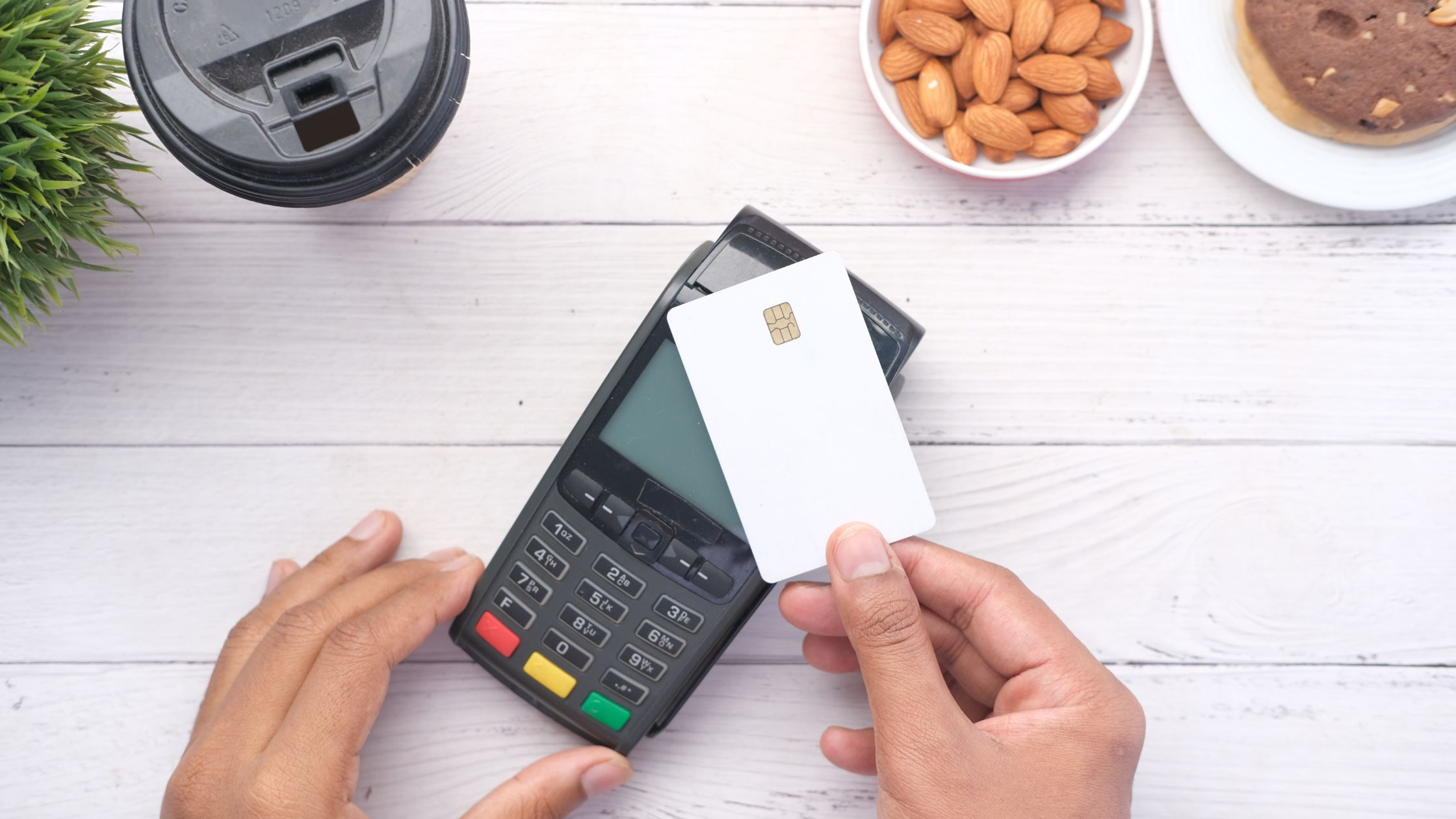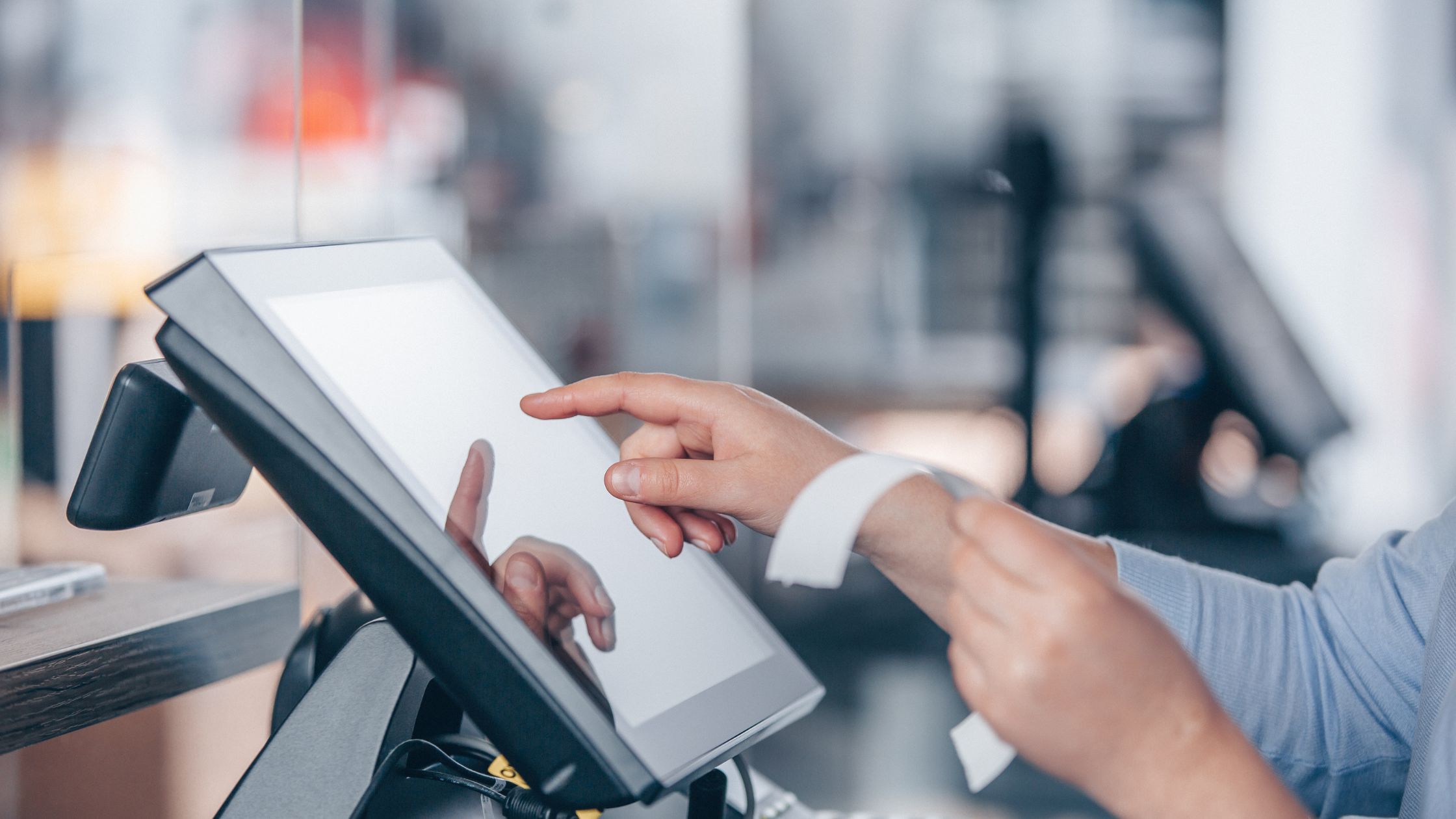Speed keeps quick service running; accuracy, visibility, and uptime protect profits. When you compare fast food restaurant pos systems, look beyond a touchscreen. Choose a reliable engine that routes orders instantly, syncs the kitchen, and delivers clear reports—even through rush hour, patchy internet, complex modifiers, and drive-thru traffic. This guide condenses core POS features into a quick checklist so managers can decide confidently and roll out smoothly, with emphasis on offline-first operation, kitchen displays, and drive-thru tools.

How POS Fuels Quick-Service Speed
Your counter, kiosk, and drive-thru need rapid order capture with instant kitchen routing. The best fast food restaurant pos systems cut taps, toggle “for here” vs “to-go,” assign unique ticket numbers, and run a dedicated drive-thru flow that sends orders straight to prep or packing. Beyond speed, use structured, tree-based menus with smart modifiers—categories, groups, items, modifier groups, and quantity multipliers—to enable upsells, apply coupons correctly, and build half-and-half items while keeping every order accurate. Learn more about POS for Fast Food Businesses.
Hardware, Integrations, and Reliability
Software sets the pace, but rugged hardware keeps your team steady. Choose durable touch terminals that handle heat, grease, and frequent cleaning. Confirm compatibility with kitchen and packing printers, and ensure each terminal links to its own cash drawer for clean, end-of-shift counts. For maximum uptime, pick platforms that run on Windows, macOS, or Linux; when supported, add lightweight devices like Raspberry Pi for secondary stations.
For drive-thru speed, use a packing printer, clear ticket numbers, and a layout that separates order taking from payment. This setup keeps the lane moving and maintains accuracy at the window. When reviewing fast food restaurant pos systems, verify these hardware essentials up front.
Core Features to Prioritize
When you compare fast food restaurant pos systems, focus on features that save seconds at every step:
I. Offline mode with a local database
Keep taking orders and printing kitchen tickets even when the internet drops. The system stores everything locally and, afterward, syncs automatically—ideal for food trucks and low-connectivity sites.
II. Drive-thru and takeout flows
Use speed-first screens with quick “for here/to-go” toggles, unique ticket numbers, and automatic printing to a packing station. This setup shortens dwell time and ensures smooth, accurate handoffs at the window.
III. Kitchen Display System (KDS) and routing
Route each item to the correct station, track make times in real time, and let managers monitor the line so they can rebalance workload and coach on the spot.
IV. Menu setup and smart modifiers
Build structured menus for combos, sides, and half/double options. Simple, rule-based modifiers prevent invalid selections, keep pricing consistent, and support upsells without slowing the cashier.
V. Cash drawer control and tax handling
Assign a cash drawer to each user, use blind close for clean end-of-shift counts, and support local tax models (including VAT/GST) at the item level. This creates a clear audit trail and keeps compliance effortless.
Together, these capabilities drive faster transactions, reduce errors, and ensure consistent handoffs during the rush.

Data, Reporting, and Decision-Making
Managers need real-time insights to coach teams and plan smarter shifts. When you assess fast food restaurant pos systems, focus on:
- Hourly sales and product mix: Track sales by the hour to spot bestsellers, trim slow movers, forecast prep, and schedule wisely.
- Speed of service and labor efficiency: Monitor ticket times and staffing to find bottlenecks, rebalance stations, and cut wait times.
- Easy exports and custom reports: Use one-click exports and flexible reports so finance reconciles faster and marketing measures promo results accurately.
Additionally, choose analytics that reveal how new menu items, limited-time offers, and coupons perform, so you can adjust pricing, staffing, and promotions with confidence.
Compliance, Payments, and Controls
Stay audit-ready and guest-friendly with fast food restaurant pos systems that handle the details:
- Accurate taxes and charges: Support tax-inclusive or tax-exclusive pricing, item-level tax rules, and service charges. Handle multi-currency in tourist areas with correct rounding and easy updates when local regulations change.
- Tight cash control: Assign each user a dedicated cash drawer, use blind close at shift end, and log safe drops. Track tips by user or order so every rupee is accounted for and shrinkage is reduced.
- Clear audit trail: Time-stamp every sale, void, refund, and discount. Link each action to a specific user and terminal, then export clean reports for fast, confident reviews.
- Smart permissions: Apply role-based access with PINs or badges. Require manager overrides with reason codes for sensitive actions, preventing unauthorized discounts while still allowing quick guest recovery.
Rollout Plan: From Pilot to Go-Live
Even the best fast food restaurant pos systems need a smart rollout. Follow these steps to reduce risk and speed adoption:
- Discover & map the menu: List every item, combo, and modifier. Map drive-thru flow and kitchen stations so nothing is missed.
- Configure & route: Set up categories, groups, items, and modifier groups. Route each item to the correct kitchen printer or KDS.
- Pilot & refine: Run a single-lane pilot for a week. Track make times, voids, and coupon accuracy, then tighten buttons and layouts.
- Train & certify: Drill cashiers with real scenarios. Certify managers on cash-drawer reconciliation and end-of-day procedures.
- Stage the go-live: Launch during a predictable shift, keep a spare terminal ready, and post quick-reference lane cheat sheets.
- Analyze & optimize: Review hourly trends and product mix. Adjust station routing and menus based on real performance.
Because training builds confidence, schedule refreshers whenever you change menus or promotions.

Conclusion
Choosing among fast food restaurant pos systems means prioritizing offline reliability, fast drive-thru workflows, accurate kitchen routing, and clear menu structure. Also insist on real-time analytics, easy end-of-day reconciliation, and strong role-based controls. For an open, mature, offline-first choice built for quick-service realities, consider Floreant POS—it offers offline operation, drive-thru and takeout flows, structured menu tools, kitchen displays, and robust analytics that help teams move faster with fewer errors.






